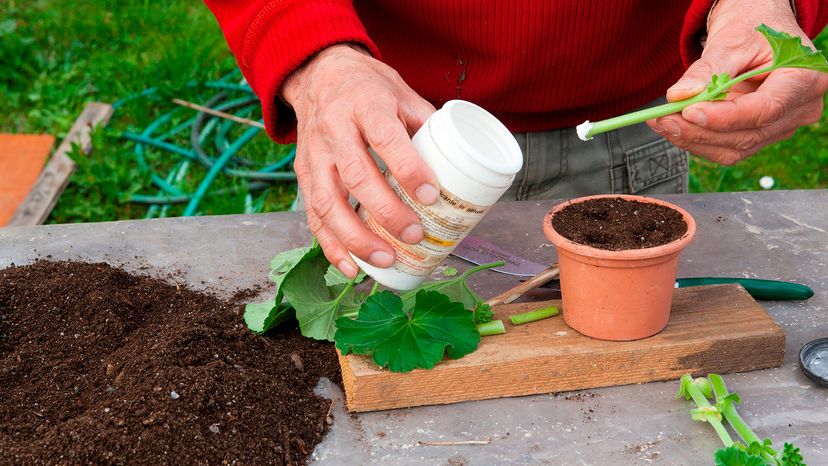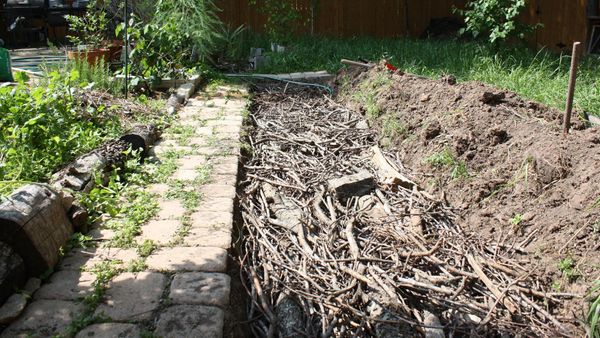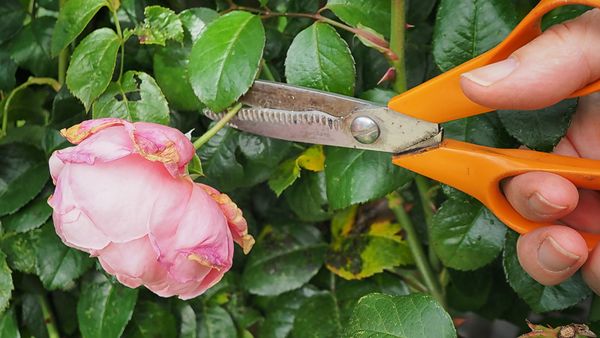
Key Takeaways
- Rooting hormone is used to facilitate the propagation of new plants from cuttings by encouraging root development. It works best with stem cuttings but can also be used on roots and leaves.
- Dip the cutting in rooting hormone and then plant it in a suitable potting medium. Keep the soil damp but not overwatered to avoid washing away the hormone.
- The process of rooting can take a few weeks to months, and it's crucial to use the correct amount of hormone to avoid dehdyration or the prevention of flowers.
Gardening and houseplants have been enjoying a popularity boom lately, but buying the plants themselves can get expensive. The great thing about plants, though, is that it's pretty easy to turn one plant into two by propagating them yourself.
Advertisement


